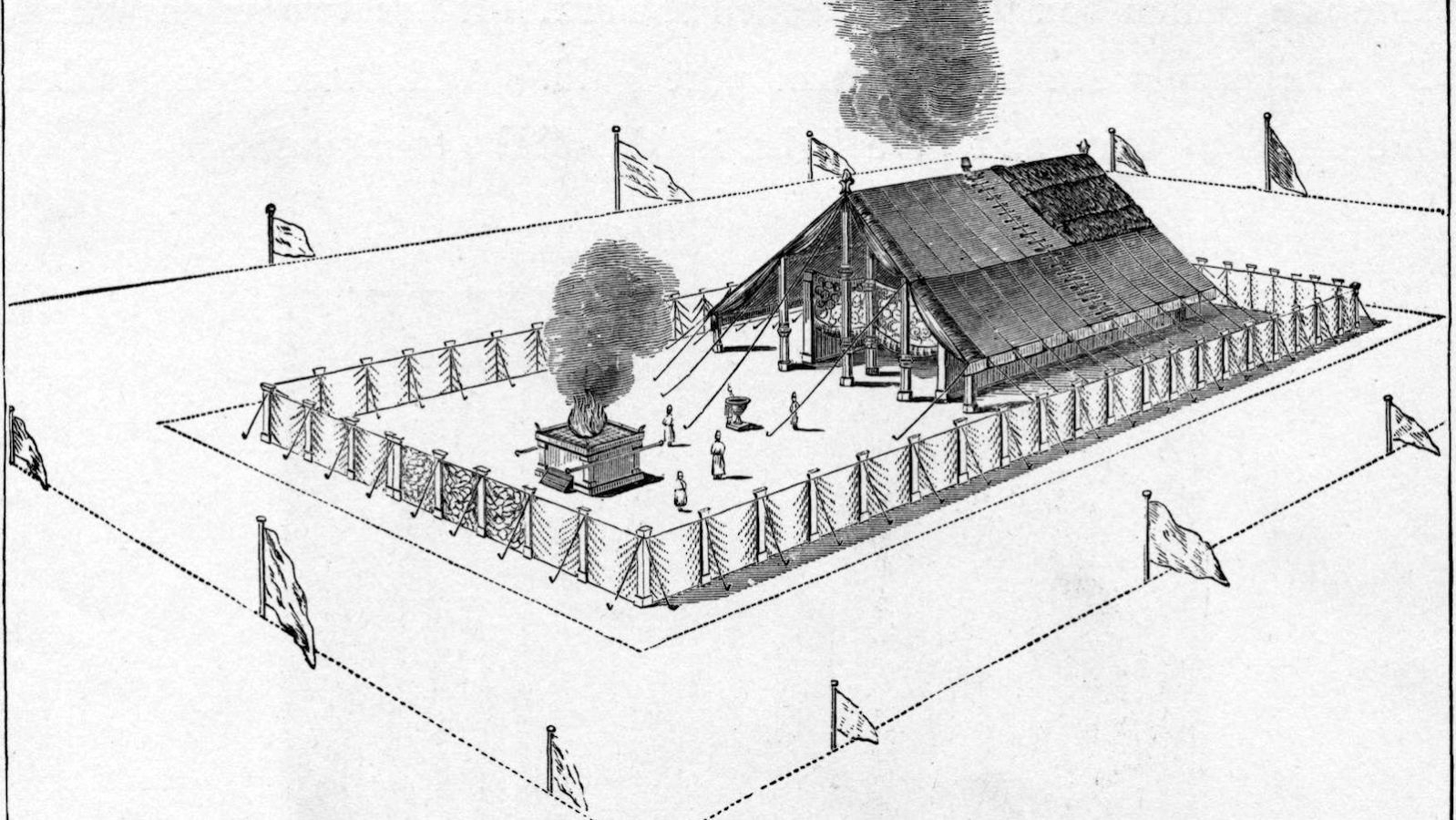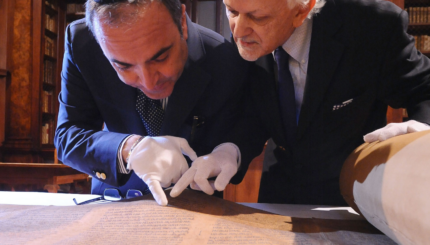Commentary on Parashat Terumah, Exodus 25:1-27:19; Numbers 28:9-15; Exodus 30:11-16
Along with swimsuits, mystery novels, and suntan lotion, most of us bring a camera on vacation. We use it to take pictures of the sights we see and the people we meet, and we show those pictures to our friends back home. Later, we use the pictures to reminisce, at some future date when we look back on the vacation fondly. We frame them and put them on our desk or our walls to remind us of life as it is “supposed to be,” and to shape the future as we move through our day-to-day existence. We use the camera to remind us of those moments which do not stand, but vanish like all moments do, with the speed of an arrow.
The pictures, of course, are not what we remember so fondly. They are only little pieces of paper, or pixels on a screen, which signify what once was, or what we hope will be, but they are not themselves objects of love or veneration. That is why we often find our own pictures to be fascinating, but other people’s pictures so boring–they are signifiers of experiences we don’t share and aspirations we don’t hold.
A Moment in Time
The Israelites who traversed the desert generations ago stood at Mount Sinai for three days, with thunder and lightning, trembling mountains and Divine voices calling from the Heavens. They experienced a moment that changed them and the world forever, and then the moment was over. It flew by, and soon after, they built the portable Temple known as the Mishkan–or Tabernacle–which is described in great detail in Parashat Terumah. Like a photograph, the Mishkan was a signifier–a permanent representation of a fleeting revelation.
To some, the Mishkan was, like the photographs we take back from vacation, an incredible representation of what once was. There was deep intimacy between God and the people of Israel at Sinai, but the moment couldn’t hold: it was over as soon as it had begun. The biblical scholar Umberto Cassuto says it is exactly this problem of impermanence which the Mishkan is meant to solve. “So long as they were encamped in the place [of Mt. Sinai], they were conscious of God’s nearness; but once they set out on their journey, it seemed to them as though the link had been broken, unless there was in their midst a tangible symbol of God’s presence among them. It was the function of the Tabernacle to serve as such a symbol.”

Help us keep Jewish knowledge accessible to millions of people around the world.
Your donation to My Jewish Learning fuels endless journeys of Jewish discovery. With your help, My Jewish Learning can continue to provide nonstop opportunities for learning, connection and growth.
Inducing the Presence of God
Other thinkers agree that the Mishkan is a signifier, but not of the past; rather, of what might yet be, like a photograph on the desk that reminds us of the vacation we hope to take, or the lover with whom we hope to be reunited. In essence, this is how the Nahmanides, one of the giants of 13th-century Spanish Jewry, understands the Mishkan. He writes that it was appropriate that there would be a sanctuary where the Israelites could induce the presence of God to dwell among them. For the Nahmanides, the Mishkan was a place where the presence of God might yet dwell. It was a monument to something which had not yet happened, a reminder of the absence of the presence of God, so that the Israelites might yet long for it.
Of course, it is not only the Divine Glory which can be represented, either as a reminder of what was or an aspiration of what might yet be. Divine Justice, of the sort that biblical prophets such as Amos and Isaiah, and perhaps many of us, long for, can also be captured and represented.
Souvenirs & Potential
Many of us have green Darfur bracelets on our wrists, justice banners in our synagogues, or divrei Torah such as this one in our inboxes. These powerful and important representations are not justice any more than a picture is a vacation, or the Mishkan is the Divine. They are instruments of Jewish social justice culture, and they prompt our hearts to dream of justice and pursue it. They remind us of a Judaism that has justice concerns at its core, and provide a light so that we may see what might yet be, but isn’t yet. They are souvenirs of potential.
The danger of representations, particularly those of a beautiful future or a glorious past, is that they will come to supplant the very thing which they represent. The Israelites ran the danger of replacing the glory of the Divine with the portable Mishkan, a danger they realized with the sin of the Golden Calf. They confused representation with the thing itself, and in the process, lost everything. We who long for justice in the world also run that risk, of replacing Divine Justice with social justice culture. Green bracelets will not save Darfur, and this document will not feed the hungry.
Yet our souvenirs of potential–whether they are posters for a cause or pictures of us volunteering–can remind us of work for justice that we have done or hope to do. Let these signifiers not lull us into self-satisfied complacency, but rather inspire us to actually volunteer, advocate, or give tzedakah, because it is in doing, not representing, that justice can be found.
Provided by American Jewish World Service, pursuing global justice through grassroots change.



